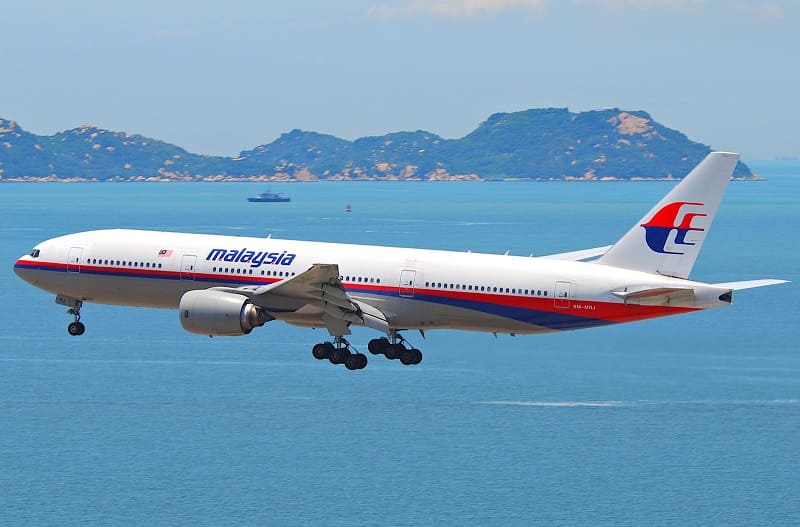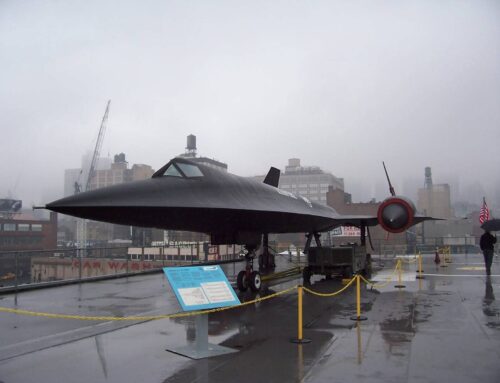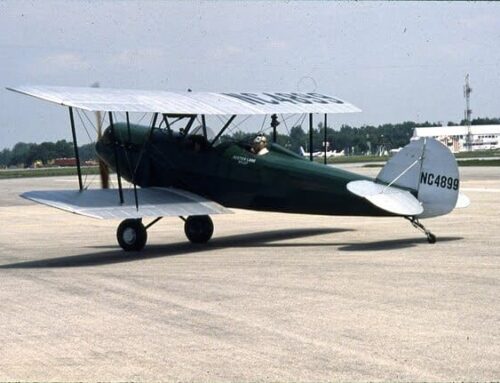The year was 2014, a fateful day that forever scarred the skies. On July 17, Malaysia Airlines Flight 17, a Boeing 777-200ER, embarked on a routine journey from Amsterdam to Kuala Lumpur. Little did the 283 passengers and 15 crew members aboard know that their flight would meet a tragic end in the war-torn region of Donbas, near the Ukraine/Russian border. This devastating incident, surrounded by speculation and controversy, raises concerns about aviation safety and the harrowing realities of conflict zones.
A Moment of Mishap and Uncertainty
The shooting down of Malaysia Airlines Flight 17 sent shockwaves around the world, leaving no room for doubt about the magnitude of the tragedy. It occurred amidst an already turbulent period in the region, with several Ukrainian Air Force aircraft previously falling victim to the ongoing conflict. The circumstances leading to this mishap have been widely debated, but the immediate aftermath saw claims and counterclaims by various parties involved. The post attributed to the leader of the Donbas separatist militia, added to the confusion, as it initially claimed responsibility for downing a Ukrainian military transporter. However, subsequent denial from the separatists only deepened the mystery surrounding the disaster.
The Worrying Reality of Aviation Safety
The downing of Flight MH17 raises grave concerns regarding aviation safety, particularly in conflict zones. The incident exposed the vulnerability of civilian flights passing through such areas, where hostilities and military activities create a hazardous environment. The tragic loss of 298 innocent lives on that ill-fated flight underscores the urgent need for enhanced measures to ensure the safety of passengers and crew members.
Aviation authorities and international organizations must collaborate to establish stricter guidelines and protocols to prevent similar tragedies from occurring in the future. This includes robust risk assessment procedures, real-time intelligence sharing, and the implementation of technology that can detect and divert flights from areas of potential danger. By improving the coordination and communication between aviation and military entities, we can strive to protect innocent lives and maintain the integrity of civilian air travel.
A Beacon of Remembrance: Custom Airplane Models
In times of turmoil and tragedy, finding solace can be a difficult task. For aviation enthusiasts and hobbyists, custom airplane models offer a unique way to commemorate and honor the memory of Flight MH17. These meticulously crafted scale models serve as a testament to the enduring legacy of the fallen aircraft and those who were onboard.
Custom airplane models have long been cherished by collectors and enthusiasts alike. Whether made from wood, metal, or other materials, these custom-built models capture the essence of the original aircraft, replicating their distinctive features and design. The attention to detail in these models is remarkable, with intricate paintwork, movable parts, and even miniature interiors. Hobbyists can spend countless hours assembling, painting, and perfecting their custom airplane models, creating a labor of love that pays homage to the beauty and engineering marvels of aviation.
In the case of Flight MH17, custom airplane models provide a tangible connection to the tragedy. Whether it’s a meticulously detailed replica, custom-built models, large scale models, wooden model and diecast model of the ill-fated Boeing 777-200ER or any other beloved aircraft, these custom models enable hobbyists to immerse themselves in the world of aviation, keeping the memory of Flight MH17 alive. Displayed on shelves or in dedicated showcases, these models serve as a constant reminder of the lives lost and the importance of preserving their memory.
Order your Boeing 777-200ER custom model here and step into the world of aviation with our custom airplane models, designed for your perfect imagination.
Conclusion
The downing of Malaysia Airlines Flight 17 remains a haunting reminder of the fragility of life and the devastating consequences of conflict. As we remember the victims and continue to seek justice and accountability, we must also strive for a safer future in aviation. The tragedy serves as a catalyst for ongoing efforts to improve aviation safety standards and prevent civilian flights from being exposed to unnecessary risks, especially in conflict zones.
Aviation authorities, governments, and international organizations must work hand in hand to establish and enforce stricter regulations and guidelines that prioritize the safety of passengers and crew members. This includes comprehensive risk assessments, enhanced intelligence sharing, and the implementation of advanced technologies to detect and mitigate potential threats. By learning from the mistakes of the past and implementing proactive measures, we can ensure that the skies remain a sanctuary of safety for all who travel.
Meanwhile, custom airplane models stand as a beacon of remembrance, allowing us to appreciate the beauty of aviation while honoring the memory of those we have lost. As collectors and hobbyists meticulously assemble and showcase their custom models, they pay tribute to the lives that were cut short and keep the spirit of Flight MH17 alive. In memory of the lives lost on that fateful day, we must work together to ensure that such a tragedy never repeats itself, and that the skies remain a sanctuary of safety and serenity for all who travel.




